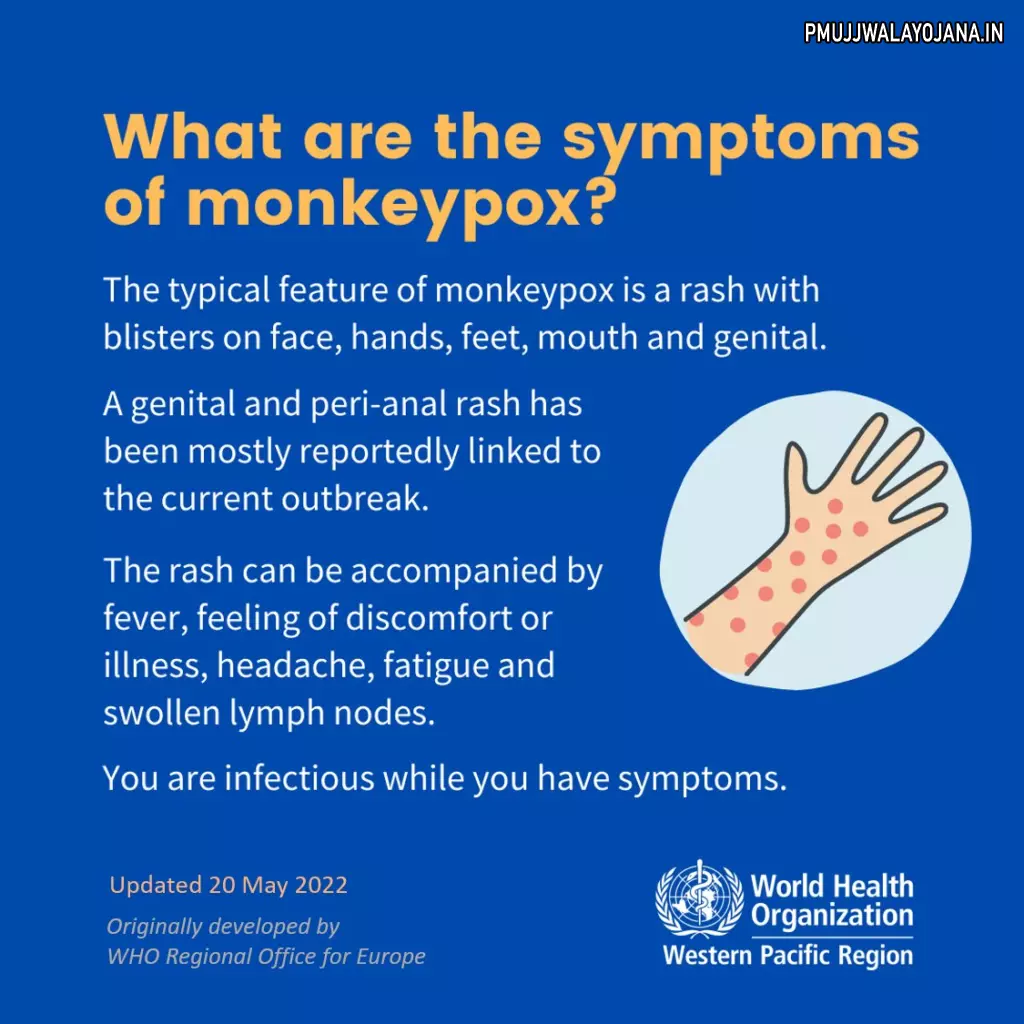Understanding Monkeypox Symptoms
Monkeypox is one of the diseases that has gained attention due to its serious implications and rising cases globally. In light of recent research, scientists are working diligently to understand this disease, its causes, and how it spreads. Although primarily found in parts of Africa, monkeypox has been reported in various regions worldwide. As of mid-2024, there were over 2,600 confirmed cases in the United Kingdom alone. Efforts to control the spread include the procurement of more than 100,000 vaccine doses. This article delves into the symptoms, prevention, and treatment of monkeypox.

What Are the Symptoms of Monkeypox?
- Symptoms typically manifest between a few days to three weeks following exposure to the virus.
- The early signs of monkeypox often include fever, headaches, body aches, back pain, fatigue, chills, and swollen lymph nodes (lymphadenopathy).
- A rash usually develops after the fever subsides, often beginning on the face before spreading to other body parts, including the palms and soles of the feet.
- The rash can be itchy or painful and goes through several stages: starting from discolored flat lesions (macules), to slightly elevated bumps (papules), to fluid-filled bumps (vesicles), and finally to pus-filled bumps (pustules), which eventually crust and fall off. Scarring may occur as wounds heal.
- It’s important to note that rashes are not specific indicators of a single condition; rather, they are signs of skin inflammation or irritation. Various conditions like eczema, hives, and infections can cause rashes, and persistent or unexplained rashes should be assessed by a healthcare professional.
- Among the more common symptoms in recent reports are pain in the rectal area and swelling in the genital region, which differ from those observed in past outbreaks. Notably, in some cases, systemic symptoms preceded the appearance of skin lesions, while in others, they followed.
Advice for Individuals Experiencing Monkeypox Symptoms
- Individuals who suspect they have contracted monkeypox should monitor their health closely for the first 21 days after exposure.
- Watch for symptoms including fever, chills, swelling, and any skin rashes.
- Those showing symptoms should isolate themselves and consult a healthcare provider for further guidance.
- Avoid shared restrooms and clean frequently touched surfaces diligently with soap and water and disinfectant.
- Keep personal items such as electronics, towels, and utensils separated.
- Place soiled laundry in a plastic bag for transport to the washing machine, and ensure proper ventilation by opening windows.
- Regular handwashing with soap and water, or the use of alcohol-based hand sanitizers, is crucial to prevent the virus’s spread.
What is the Monkeypox Virus?
Monkeypox is a rare viral infection caused by the monkeypox virus, which is related to the smallpox virus. First identified in 1950 during an outbreak in a group of monkeys, monkeypox can also spread through direct contact with an infected person.
There are two recognized strains of the monkeypox virus: West African and Central African. Currently, the milder West African strain is the one identified in most regions outside of Africa.
Countries Affected by Monkeypox
- Historically, monkeypox was exclusive to countries in Central and West Africa before it started spreading to various countries, including the DRC, Nigeria, and Cameroon.
- Between 2002 and the present day, significant cases have been reported, including outbreaks in the United States and various locations in Europe.
- Due to rapid transmission and global spread, it prompted the WHO to declare a health emergency.
How Is Monkeypox Spread?
- Monkeypox spreads primarily through close contact with someone infected, through breaks in the skin, or via the respiratory system when in contact with mucous membranes.
- Although it is not categorized as a sexually transmitted infection, close contact can lead to transmission during sexual activity.
- People diagnosed with monkeypox are advised to refrain from sexual activity until they have recovered, and those infected are recommended to use condoms for eight weeks.
- Additionally, contact with infected animals or contaminated items such as bedding and clothing can transmit the virus, with rodents believed to be primary carriers.
Complications Associated with Monkeypox
- Individuals infected with monkeypox can face severe complications, including respiratory issues, encephalitis, and secondary infections.
- In some instances, infections may also impact vision.
- Being vigilant and seeking immediate medical attention is crucial for mitigating complications.
Treatments for Monkeypox
- Currently, the best approach is prevention, as there are no definitive cures for monkeypox presentation.
- Vaccines such as JYNNEOS and ACAM2000 are available and should be administered within four days of exposure, as they significantly reduce symptoms and infection likelihood.
- Historical data shows that smallpox vaccines are approximately 85% effective in preventing monkeypox.
- Antiviral medications may offer some relief but are not widely available and are primarily intended for smallpox treatment.
Precautions to Prevent Monkeypox
While effective vaccines are being developed, here are some practical measures for prevention:
- Avoid contact with infected animals; refrain from touching sick wildlife.
- Steer clear of surfaces contaminated by infected individuals’ belongings.
- Ensure all meals are well-cooked.
- Regular hand hygiene with soap and water is essential.
- Engage in safe sexual practices.
- Wearing masks when in crowded or exposed settings can provide additional protection.
- Special clothing should be provided for children in contaminated areas.
- Individuals with health complications should be cautious and avoid the smallpox vaccine unless absolutely necessary.
- Prompt vaccination is recommended for high-risk groups within 14 days of exposure to monkeypox.